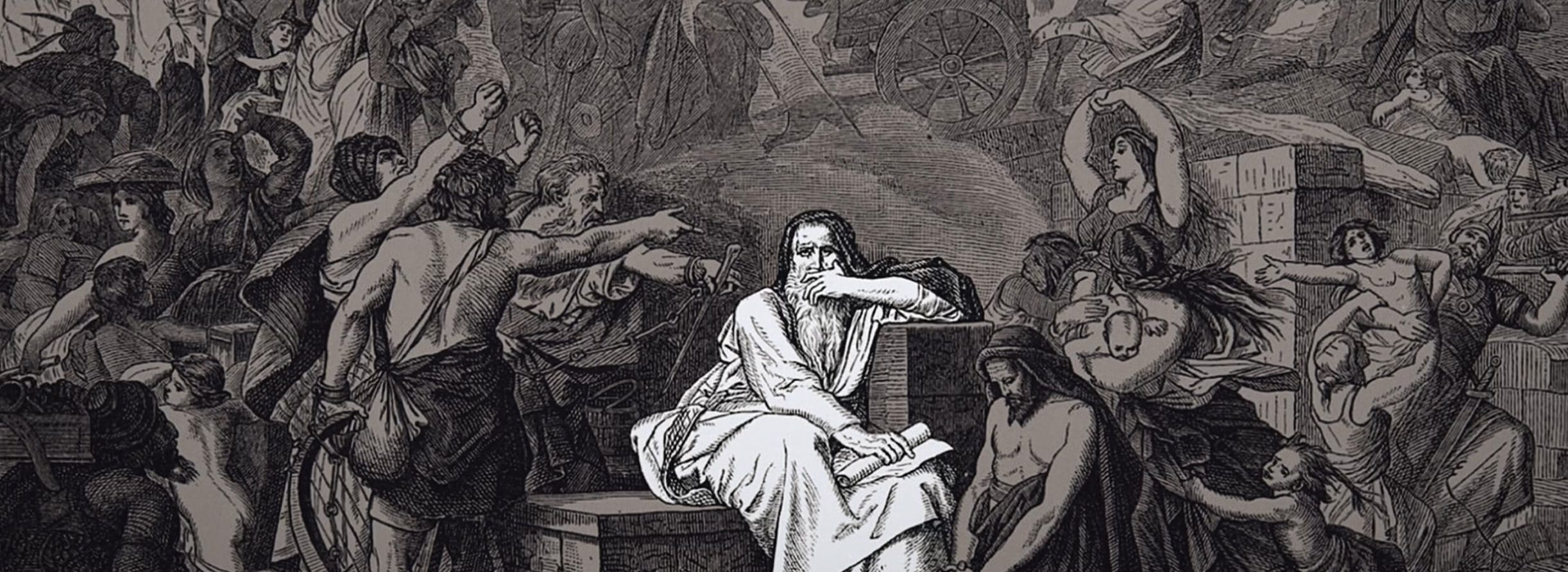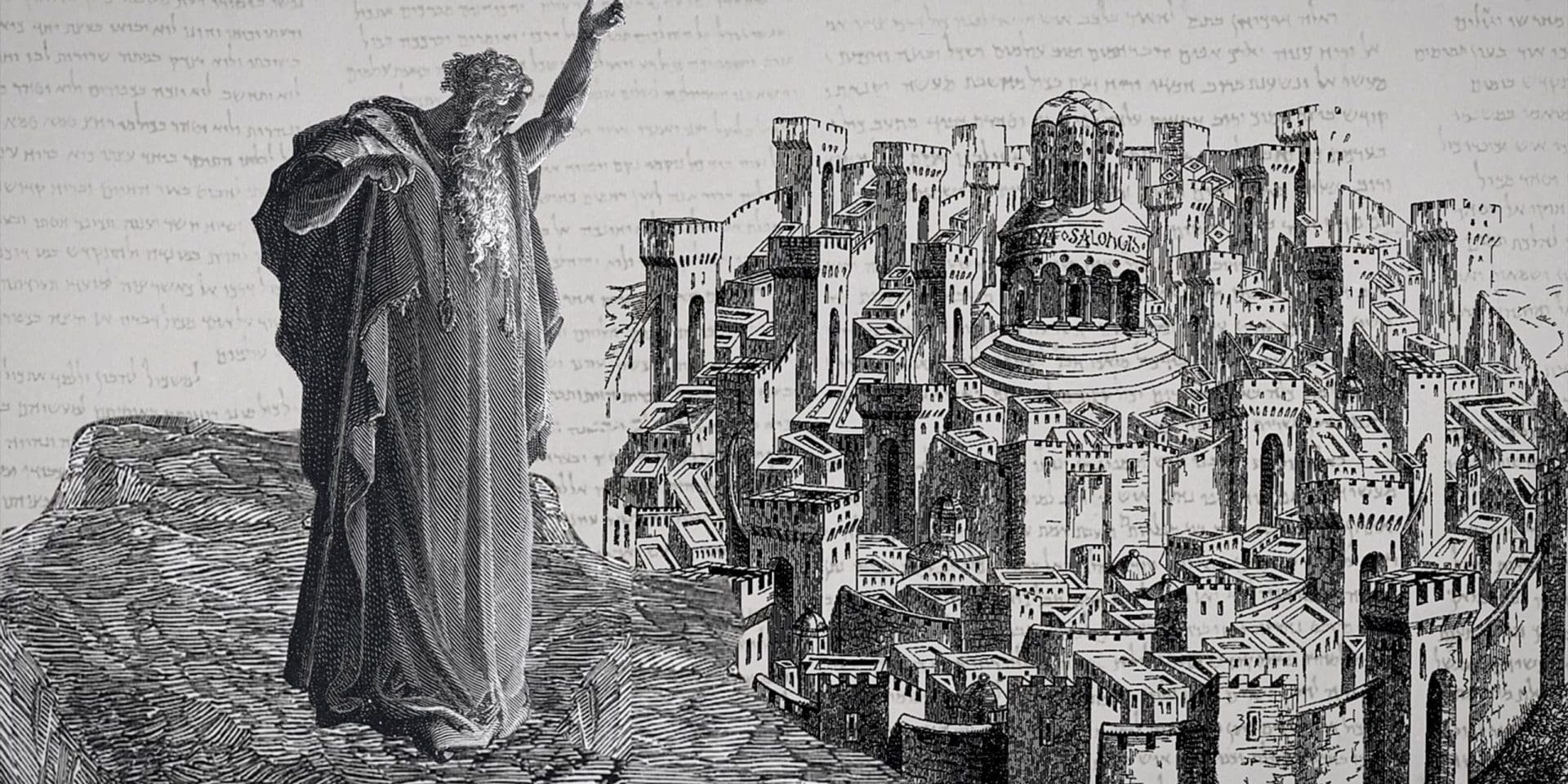The prophet Ezekiel has left us with forty-eight chapters of his authored prophecies in the book of Ezekiel. This Biblical book contains visions, prophetic actions, divine intervention, and direct, specific, dated prophecies. It seems that for Ezekiel, it was important that future generations would be able to look back at his prophecies, know when he gave them, and therefore know by their fulfillment that God’s word was true. Amazingly, thanks to excavated Babylonian records very precise dates for these dated messages and even events in Ezekiel’s life are known.

For example, we’re able to know from the Scripture that Ezekiel was a part of the wave of exiles that travelled to Babylon shortly after the reign of Jehoiakim who had rebelled as a vassal king against Babylon. When Jehoiakim died, his eighteen-year-old son Jehoiachin was left with the aftermath of an invading Babylonian army, he surrendered and went into exile along with a large number of Judeans. In Jehoiachin’s stead, Babylon appointed Zedekiah as the next, and turns out final, king of Judah. This wave of Babylonian exile occurred in 597 BC, a full ten years before the fall of Jerusalem.
Ezekiel was called as a prophet four years after going into exile in 593 BC, more specifically, it was likely July 13, 593BC. And then a large chunk of Ezekiel’s prophecies, from chapters 1-24, deal with the impending doom of Jerusalem, the Temple, and Judah as a whole. We’re told that beyond Ezekiel being called as a prophet of God, he was also a priest from the line of Zadok, which goes a long way in explaining why he was one of the more upper-class Judeans that was exiled first. It also seems very appropriate that God would use a priest to both announce the decommissioning of the Temple in Jerusalem and foretell of its future recommissioning.
“Ezekiel was called as a prophet four years after going into exile in 593 BC, more specifically, it was likely July 13, 593 BC.”
Today, there are many different interpretations of Ezekiel’s later prophecies. For our reference the first 24 chapters deal with the judgment of Judah and Jerusalem typified in the destruction of the Temple, then chapters 25-32 deal with judgements against various foreign nations, and then the remaining chapters 33-48 all deal with the future hope of Jerusalem, its restoration as God’s city and Temple-bearer. The various interpretations of Ezekiel’s visions generally concern his apocalyptic passages and passages that deal with a restored Jerusalem and Israel. However, it is very important to first take away the general message: Though God judges, there will also be a restoration, God is ultimately victorious over all evil, righteousness will prevail, and He will dwell with His people.
Corie Bobechko | August 12, 2022 – 3:00 PM EST

Corie Bobechko is a daily co-host, speaker, and writer of Bible Discovery. She also hosts a YouTube channel that shows how history and archaeology prove the Bible. Her heart for seekers and skeptics has led her to seek truth and share it with others. Corie also has a Bachelor of Theology from Canada Christian College.






